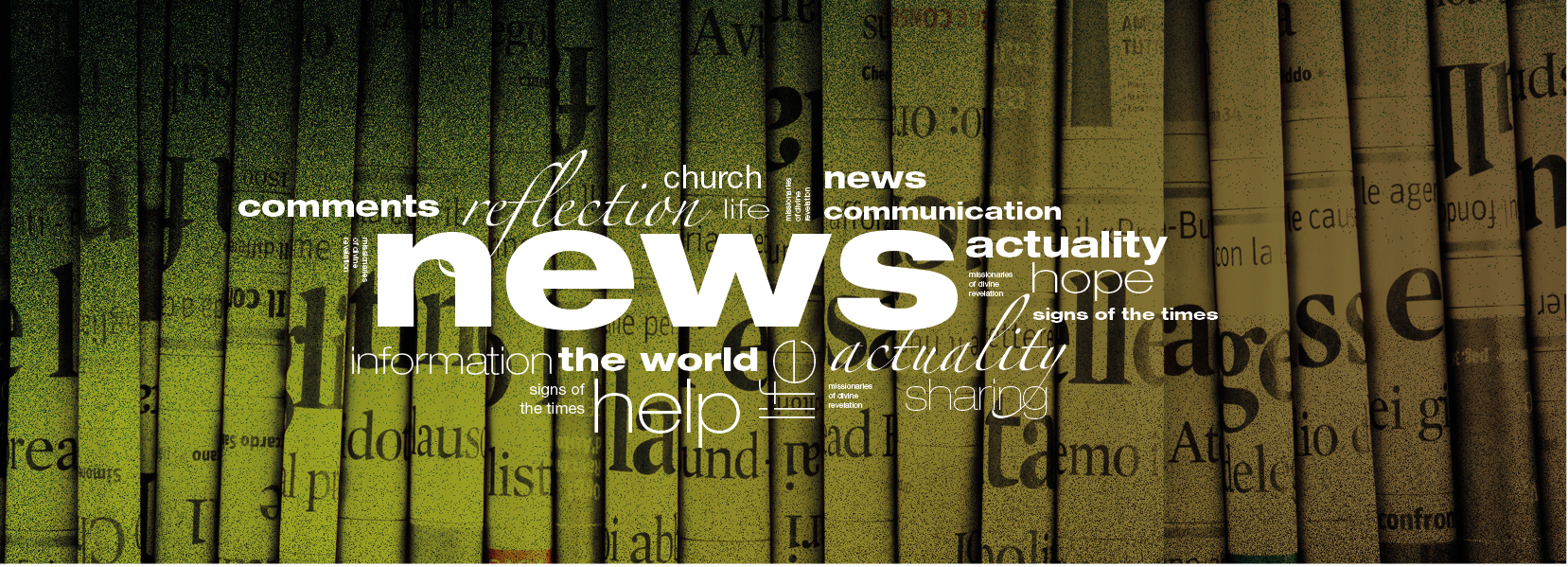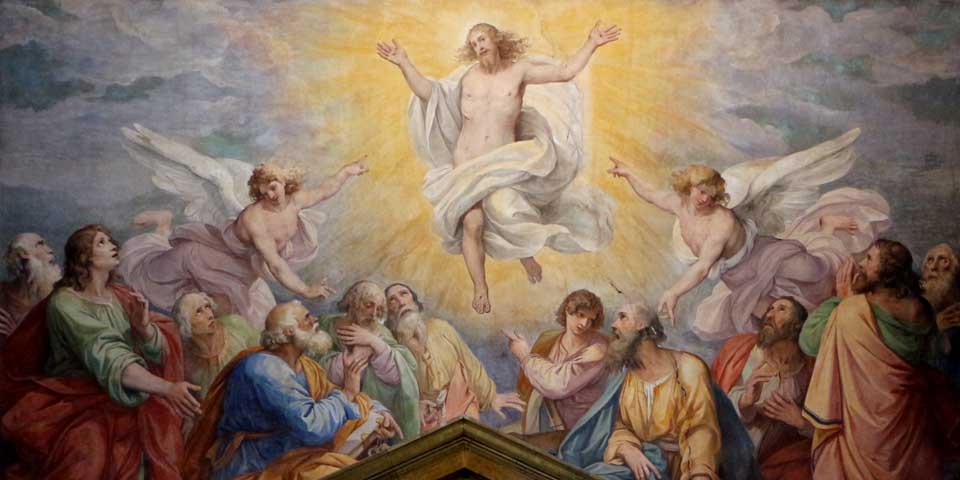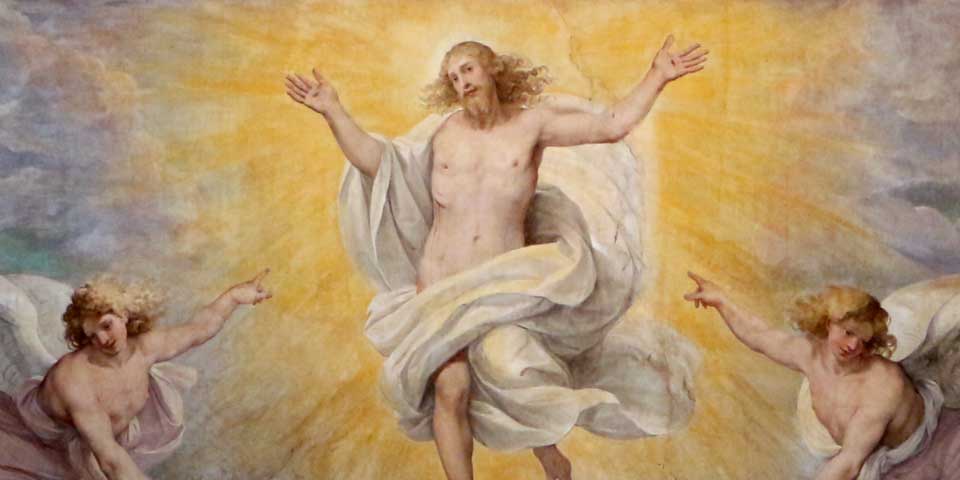A reflection on the work of Giuseppe Cesari dedicated to the Ascension of Christ
Giuseppe Cesari, otherwise known as the Cavalier d’Arpino came to Rome with his family when he was fourteen years old in search of his fortune. He was the son of a modest painter from Arpino, a small place in the Frosinone province of Italy. Whilst, at that stage, Giuseppe did not have any professional formation as an artist, he demonstrated that he was gifted with a natural artistic talent. In Rome he found work as a colour grinder on the third floor of the Vatican Palace working under the direction of Nicolo Circignani. After a brief career at only twenty-seven years of age, he became a member of the prestigious Accademia di San Luca, which gathered among its members the finest artists of the time. The young Caravaggio also found work at the Cavalier d’Arpino’s workshop between 1597-98.
In 1592, after the election of Pope Clement VIII, Cavalier d’Arpino began the most prolific period of his artistic life. Under the patronage of Pope Clement VIII, the Cavalier d’Arpino received various commissions amongst which was the decoration of the Clementine nave in the newly rebuilt Basilica of St John Lateran. The Cavalier lead a team of talented artists including Cesare Nebbia, Paris Nogari, and the Pomarancio, who had previously worked for Pope Sistus V (1585-1590)
The frescos of the transept illustrate the history of the Lateran Basilica in a simple and understandable way. The Basilica is linked to the events of the Roman Emperor Constantine, who with the Edict of Milan in the year 313, granted freedom of worship to Christians. Each fresco is inserted in an elegant faux red tapestry frame, decorated in gold.
The Cavalier d’Arpino reserved for himself the realisation of the fresco of the Ascension on the main altar at the Basilica, which holds the precious relic of the table from the Cenacle in Jerusalem. The fresco is decorated with a splendid golden frame, upon which the heads of seraphim alternate with eight-pointed stars that are also present in Pope Clement VIII’s papal stem.
In the fresco, Jesus is raised to heaven in a shining light surrounded by clouds. The Apostles with astonished and dismayed eyes, contemplate the divine glory of their Master. The Body of Jesus is shining and his robes are white and bright. The artist highlights the signs of crucifixion on his hands and feet and the wound on his side, which are tangible signs that our humanity has been brought into Heaven through Jesus Christ.
Two angels in white robes recall the Apostles with these words: “Men of Galilee, why are you standing there looking at the sky? This Jesus who has been taken up from you into heaven will return in the same way as you have seen him going into heaven.” (Acts 1:11).
We recognize the figure of Peter in the blue tunic and the two keys in hand. Jesus has shown himself in the glory of His Divinity and invites his disciples to trust in Him: “All power in heaven and on earth has been given to me. Go, therefore, and make disciples of all nations, baptizing them in the name of the Father, and of the Son, and of the Holy Spirit, teaching them to observe all that I have commanded you.” (Mt 28,18-20).
While the cycle of Constantine’s stories puts human power into evidence, the Ascension fresco emphasizes that the power of the Son of God is greater than all power on earth. Jesus founds his Church, whose spiritual primacy and moral authority are recognized even by the powerful of the earth, symbolized by Constantine.
The Jesus of the Cavalier d’Arpino, if looked at from below, rather than ascending to heaven, seems to meet the viewer from the tympanum of the monumental tabernacle; this vision brings to the mind the words of Jesus: “And behold, I am with you always, until the end of the age.” (Mt 28,20). How does He fulfil this promise? The Eucharist, kept in the Tabernacle, ensures the presence of Jesus in his Church, until the end of time.


